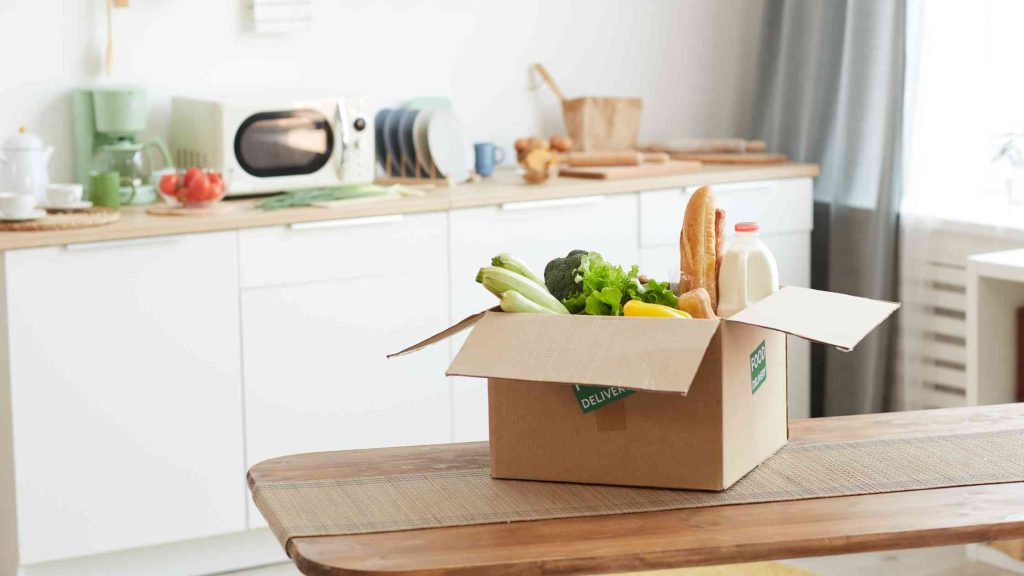Enterprise Resource Planning (ERP) systems are widely used in various grocery industries to help streamline and automate business processes. This blog post will explore the benefits and challenges of ERP implementation for Grocery Stores.
Benefits of ERP for the Grocery Stores
Improved inventory management: Grocery stores have a wide range of perishable and non-perishable products that must be managed effectively. ERP systems can help track inventory levels, monitor expiration dates, and manage stock replenishment.
Increased efficiency: ERP systems can automate many manual processes. Such as order processing, invoicing, and accounting, reducing the time and effort required for these tasks. It can free up employees to focus on more value-adding activities.
Enhanced customer service: With an ERP system, grocery stores can quickly respond to customer inquiries and process orders more efficiently. And provide accurate and timely delivery updates.
Data analysis and reporting: ERP systems provide real-time access to business data, allowing grocery stores. And to make informed decisions based on accurate and up-to-date information.
Cost savings: By reducing manual processes and improving efficiency. ERP systems can help grocery stores save on labor costs, reduce waste, and minimize inventory carrying costs.
Challenges of ERP for the Grocery Stores
Customization: ERP systems are designed to be flexible and customizable, but customizations can be costly and time-consuming to implement. Grocery stores may require specialized functionality that is unavailable out of the box.
Data migration: Migrating data from legacy systems to a new ERP system can be complex. And there is a risk of data loss or corruption during the migration.
Employee training: Implementing a new ERP system requires training to ensure all staff members understand. And how to use the system effectively. It can be time-consuming and may require additional resources.
System integration: ERP systems must integrate with other grocery store systems, such as POS and e-commerce platforms. Integration can be challenging, and issues may arise during implementation.
Cost: ERP systems can be expensive to implement. And grocery stores may need additional hardware, software, and IT infrastructure to support the system.
ERP systems can benefit grocery stores significantly. That includes improved inventory management, increased efficiency, enhanced customer service, data analysis and reporting, and cost savings. However, implementing an ERP system also comes with challenges, including customization, data migration, employee training, system integration, and price.
Grocery stores must carefully weigh ERP implementation’s benefits and challenges before investing in a new system. An ERP system can help grocery stores streamline operations. And it improves customer service and drives business growth with proper planning and implementation.
FAQ’s
How can a Grocery Industry improve its profitability?
One way for a grocery store to improve profitability is to increase its sales revenue. It can be achieved by expanding the store’s product offerings, optimizing its layout and placement, and implementing effective marketing strategies. Additionally, the store can reduce operating costs by implementing energy-efficient practices, streamlining inventory management, and negotiating better supplier contracts.
What are some effective strategies for managing inventory in Grocery Stores?
Effective inventory management is essential for ensuring a grocery store has the right products in stock at the right time. And also while minimizing waste and spoilage. One strategy is to use a computerized inventory management system to track inventory levels. And also to generate reports on sales trends and product performance. Another approach is implementing a just-in-time inventory system, where products are ordered and delivered only when needed. The store can also use data analytics to optimize product ordering and reduce waste.
How can a Grocery Store improve its customer experience?
A grocery store can improve its customer experience by providing excellent customer service. And also offering a wide variety of high-quality products and creating a pleasant shopping environment. The store can also implement technologies such as self-checkout and mobile ordering to make the shopping experience more convenient. Additionally, the store can offer loyalty programs and personalized promotions to reward and retain customers. It’s also essential for the store to actively solicit and listen to customer feedback to identify areas for improvement.

Vijay comes with a vast experience in ERP and enterprise solutions space with about 20 years of experience in various packaged application like Acumatica, SAP, Orion, Salesforce.com, SugarCRM and, SalesLogix.

